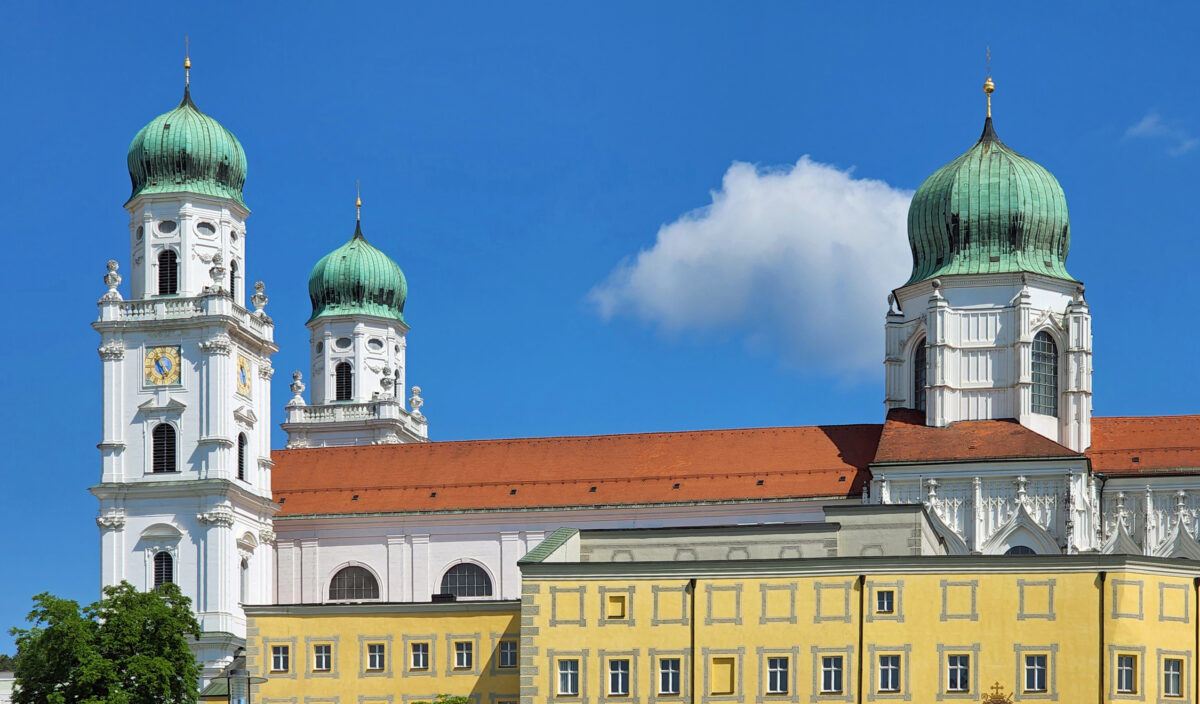by Alan K. Lee

The Danube River cruise that my wife and I took in 2022 ended in Passau, Germany. If you’ve never heard of Passau, join the crowd. I certainly never had, and I didn’t have any expectations of it being more than just the place where we disembarked the Viking “longship” that we had been cruising the river on. But Passau was a pleasant surprise.
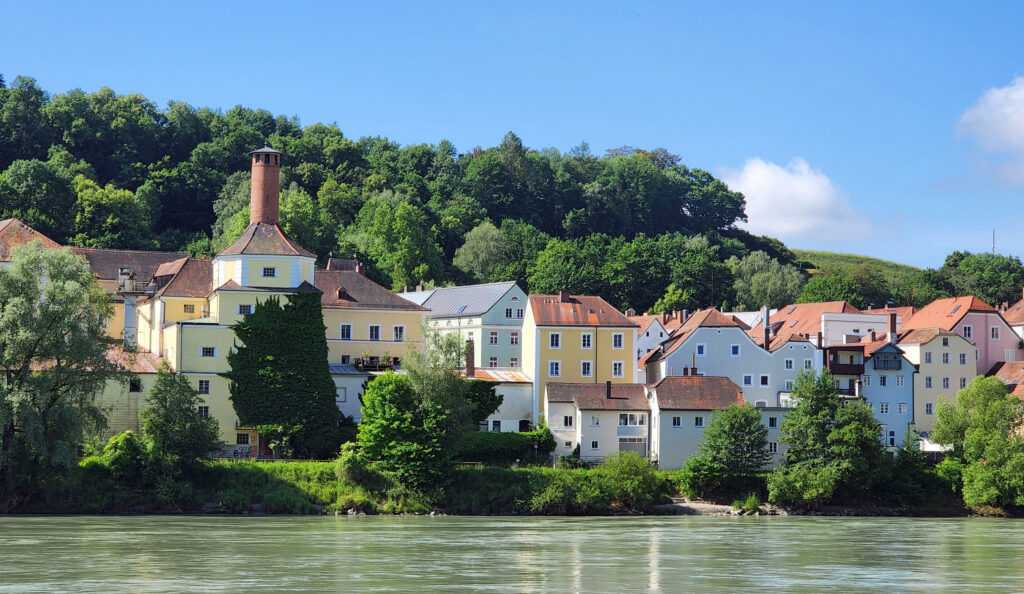
Passau is located in Lower Bavaria in the southeastern corner of Germany, on the Austrian border. It’s a small city with a population of about 50,000. It’s known as the “city of three rivers,” as the River Inn and the River Ilz both flow into the Danube in Passau.
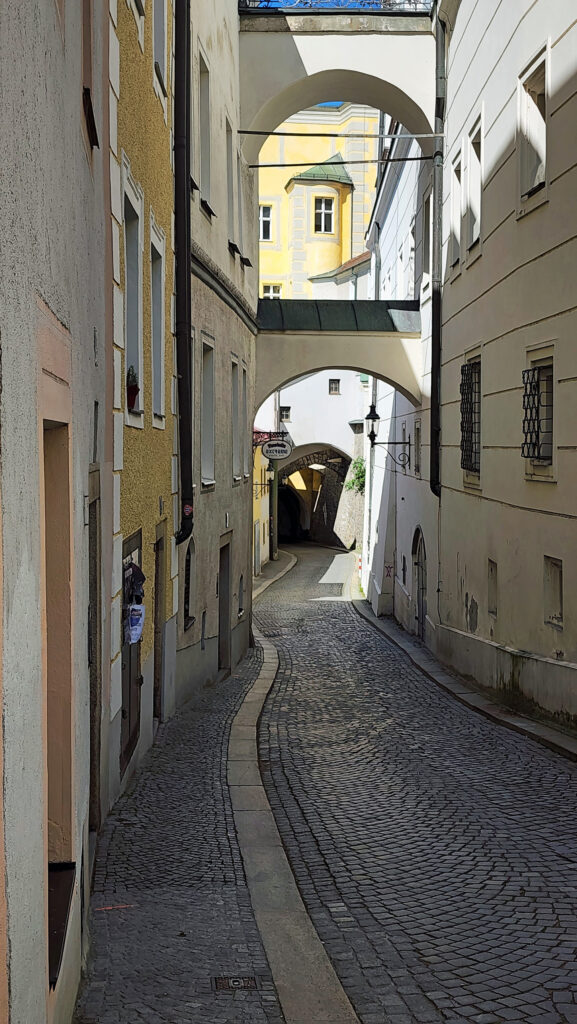

The last day of our cruise was spent entirely in Passau. In the morning, we took a guided walking tour of Passau. The medieval center of Passau is full of cobblestone streets and narrow alleys, but it’s a small area constrained by the Danube and the River Inn. You don’t have to wander far to reach one of the rivers, and once you reach a riverbank, the views open up to the hills surrounding the town. And the hills provide great views of the city.
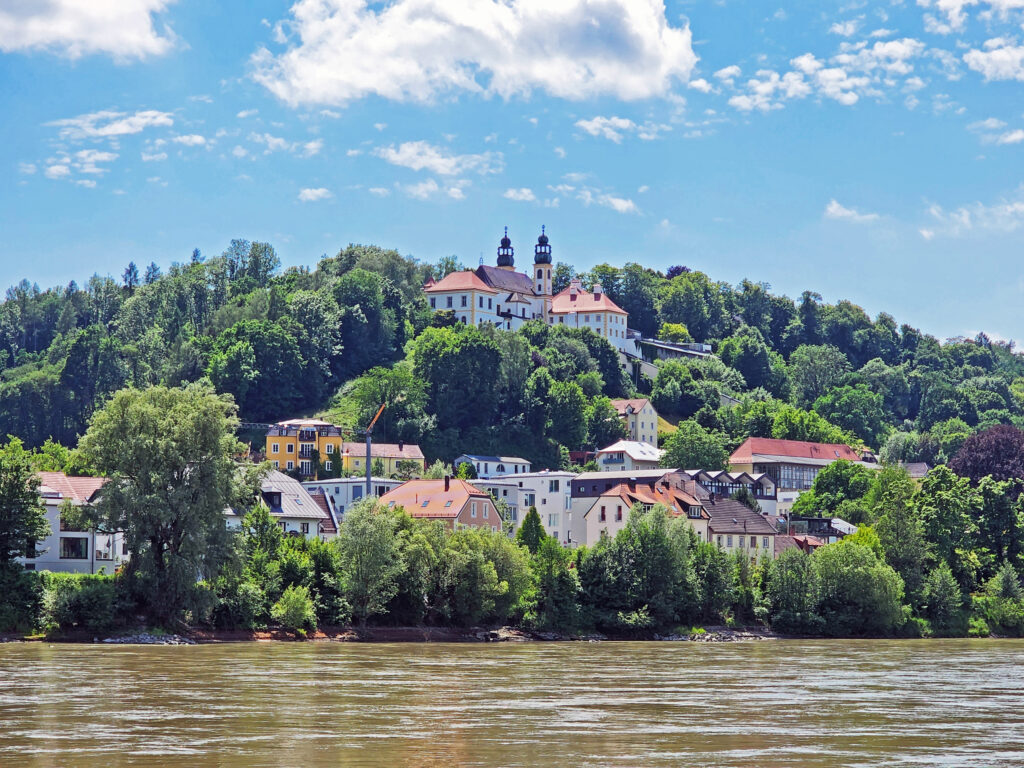
After lunch, my wife and I climbed the 300+ steps up to the Wallfahrtskirche Mariahilf, a baroque church south of the River Inn, where there is a great view of the city.
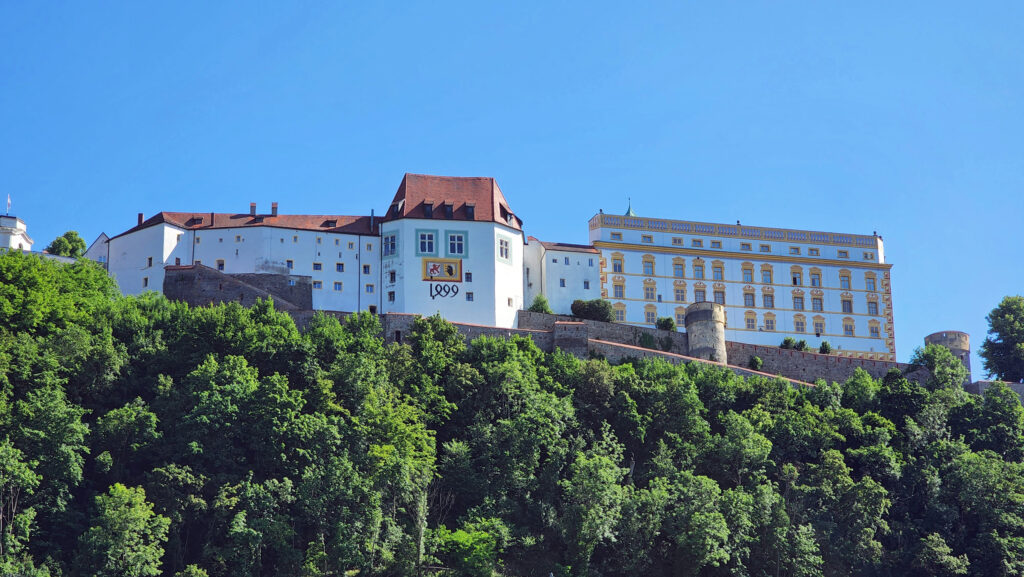
Later, my wife hiked up to Vestre Oberhaus, a 13th century fortress overlooking the city on the north side of the Danube (while I took a nap in our stateroom).
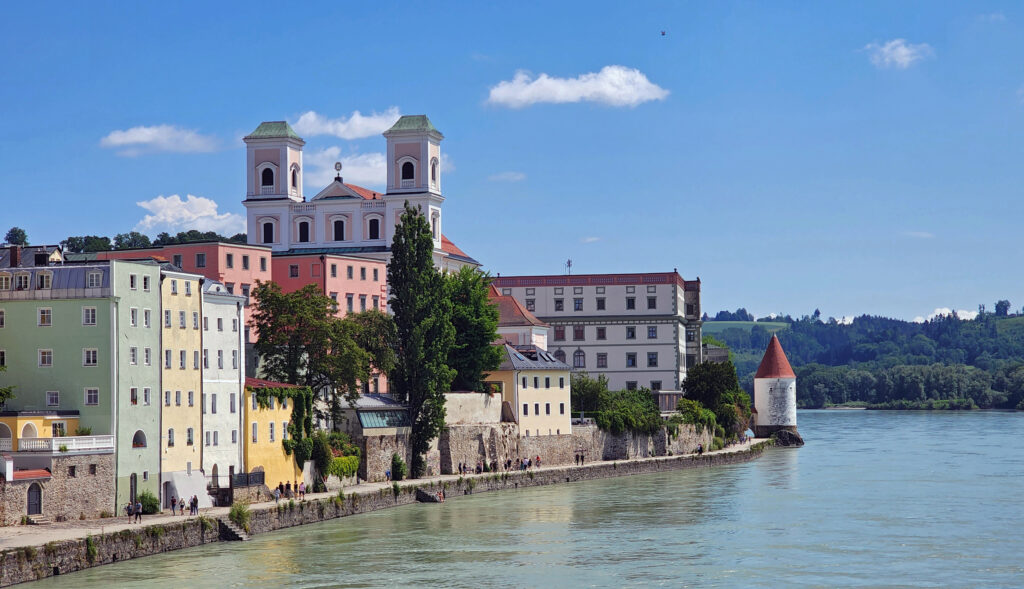
We finished our day with a walk to the park at the end of the peninsula with two of the friends we made on the cruise.


Like most European cities, Passau has a long history, dating all the way back to the 2nd century BC. But the city was almost completely destroyed in a fire in 1662 and most of the older structures in Passau are baroque style buildings dating to the late 17th century.
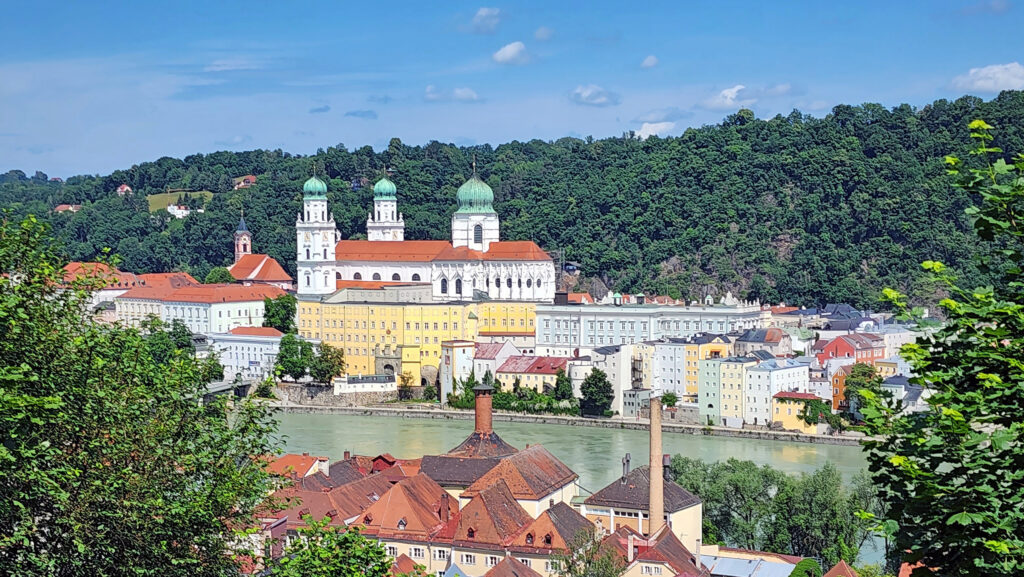
The Dom St. Stephan, with its three green onion domes, is the most prominent building in Passau. The cathedral is noted for its huge pipe organ, one of the largest in the world. We didn’t get to experience the pipe organ, but the cathedral is magnificent.

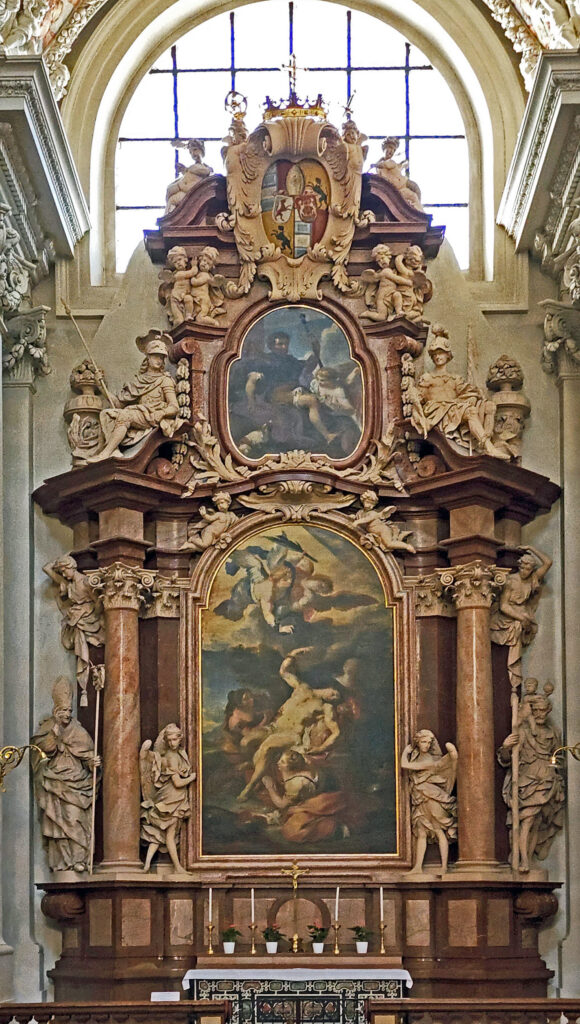
Passau served as a relaxing and fitting end to a great week. We got a taste of some of the great central European cities like Budapest and Vienna. We also visited places like Bratislava that we would never have seen had we not taken the cruise. And we saw some magnificent scenery, visited a well-preserved medieval village in Czechia, and toured a 900-year-old monastery and many churches and cathedrals.
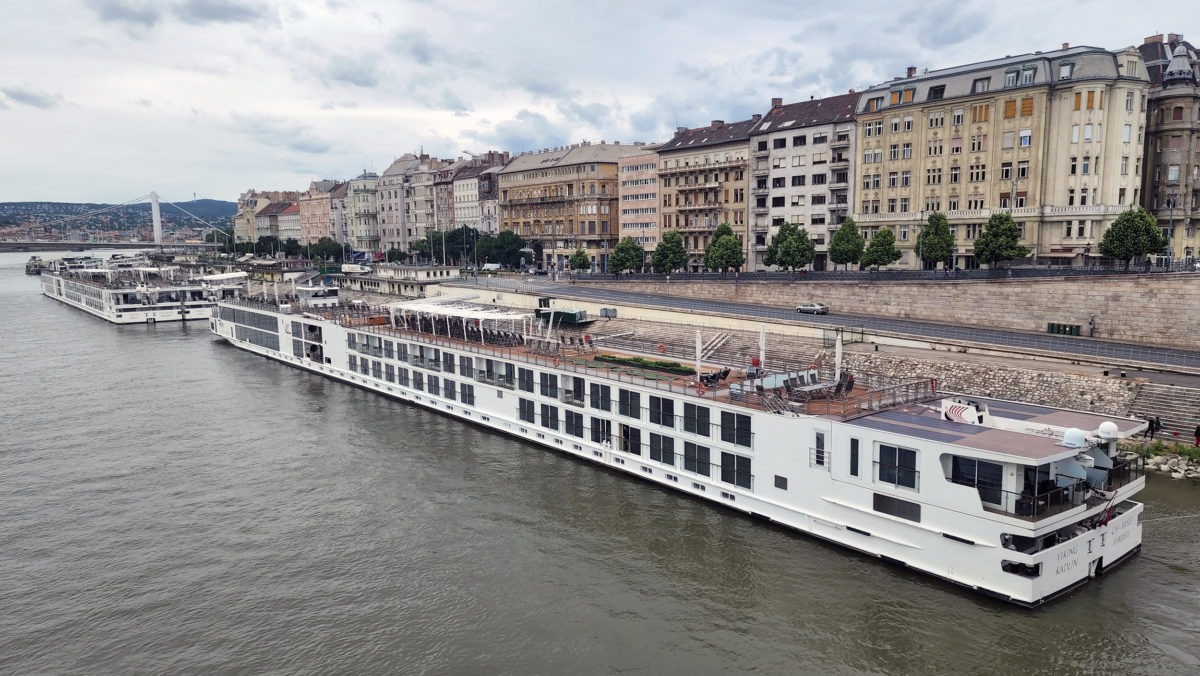
My wife and I have now done two river cruises in Europe, and I would recommend either a Rhine River or a Danube River cruise as a good introduction to Europe. (Several river cruise lines combine the two into a grand tour that takes you from Amsterdam to Budapest). There are disadvantages to river cruises, of course, mainly that you never stay in one place long enough to really get to know it. But a river cruise gives you at least a taste of many places in a short time. If you are interested in learning more, check out my River Cruising post and any of the posts on the cities of the Rhine and Danube that you can find links to by clicking on Beyond the Northwest on the main page of this blog.
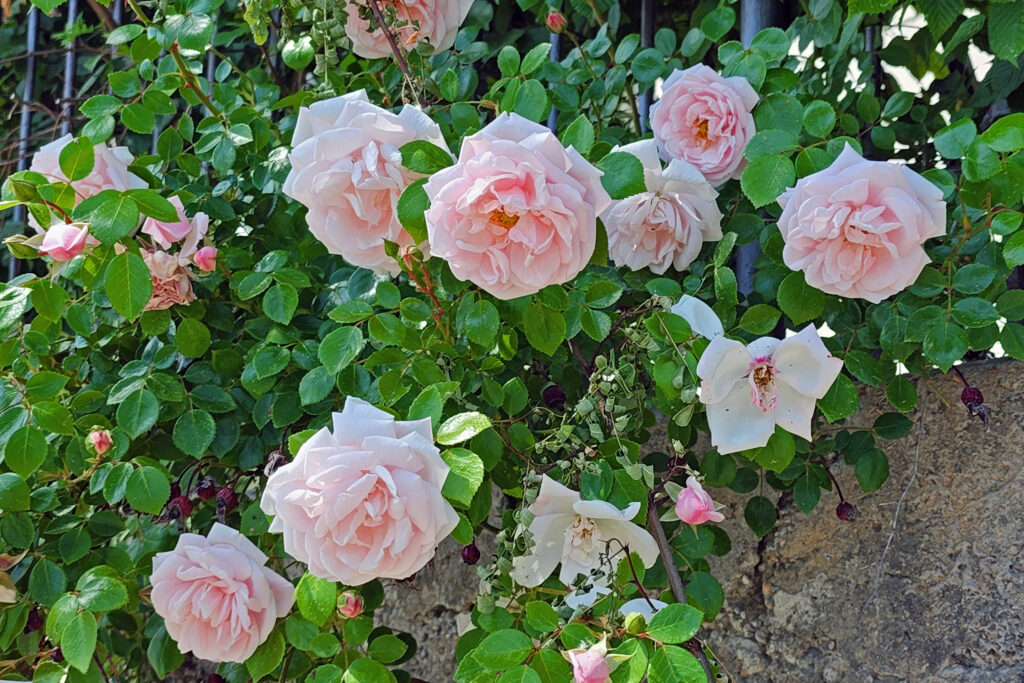
Posted May 20, 2024
All photos © Alan K. Lee

